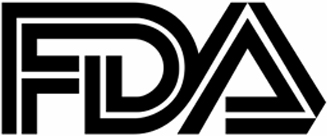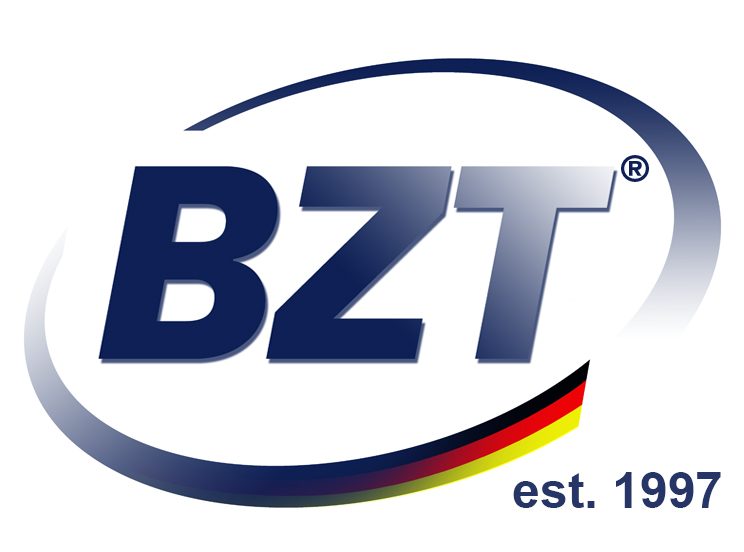United States of America
Food and Drug Administration (FDA)
The Food and Drug Administration (FDA) in the U.S. has established classifications for approximately 1,700 different generic types of devices and grouped them into 16 medical specialties referred to as panels. Each of these generic types of devices is assigned to one of three regulatory classes based on the level of control necessary to assure the safety and effectiveness of the device.

U.S. FDA Service
Foreign establishment engaged in the manufacture, preparation, propagation, compounding, or processing of a device imported into the United States must identify a United States agent for that establishment.
U.S. FDA Agent service
• Verifying the documentation and the Technical File
• Communications with FDA
• Register devices with FDA
• Assisting FDA in scheduling inspections of the foreign establishment
• Inform the manufacturer of complaints and incidents
• Provide information or documents from FDA to the foreign establishment
Medical service
• Regulatory Research
• Reimbursement
• Clinical Trials
• Clinical Research
Device Class and Regulatory Controls
1. Class I General Controls
With Exemptions
Without Exemptions
2. Class II General Controls and Special Controls
With Exemptions
Without Exemptions
3. Class III General Controls and Premarket Approval
The class to which your device is assigned determines, among other things, the type of premarketing submission/application required for FDA clearance to market. If your device is classified as Class I or II, and if it is not exempt, a 510k will be required for marketing. All devices classified as exempt are subject to the limitations on exemptions. Limitations of device exemptions are covered under 21 CFR xxx.9, where xxx refers to Parts 862-892. For Class III devices, a premarket approval application (PMA) will be required unless your device is a preamendments device (on the market prior to the passage of the medical device amendments in 1976, or substantially equivalent to such a device) and PMA’s have not been called for. In that case, a 510k will be the route to market.
Device classification depends on the intended use of the device and also upon indications for use. For example, a scalpel’s intended use is to cut tissue. A subset of intended use arises when a more specialized indication is added in the device’s labeling such as, „for making incisions in the cornea“. Indications for use can be found in the device’s labeling, but may also be conveyed orally during sale of the product.
In addition, classification is risk based, that is, the risk the device poses to the patient and/or the user is a major factor in the class it is assigned. Class I includes devices with the lowest risk and Class III includes those with the greatest risk.
As indicated above all classes of devices as subject to General Controls. General Controls are the baseline requirements of the Food, Drug and Cosmetic (FD&C) Act that apply to all medical devices, Class I, II, and III.
Product Classification Database
The Product Classification Database contains medical device names and associated information developed by the Center for Devices and Radiological Health (CDRH) in support of its mission. This database contains device names and their associated product codes. The name and product code identify the generic category of a device for FDA. The Product Code assigned to a device is based upon the medical device product classification designated under 21 CFR Parts 862-892.
U.S. FDA Agent
Any foreign establishment engaged in the manufacture, preparation, propagation, compounding, or processing of a device imported into the United States must identify a United States agent (U.S. agent) for that establishment.
Information about a foreign establishment’s U.S. Agent is submitted electronically using the FDA Unified Registration and Listing System (FURLS system) and is part of the establishment registration process. Each foreign establishment may designate only one U.S. agent. The foreign establishment may also, but is not required to, designate its U.S. agent as its official correspondent. The foreign establishment should provide the name, address, telephone and fax numbers, and e-mail address of the U.S. agent.
The U.S. agent identified will be required to complete an automated process to confirm that they have agreed to act as the U.S. agent. The automated process will forward an email verification request to the U.S. agent. They will be requested to confirm her/his consent to act as a representative/liaison on behalf of the foreign establishment. If the U.S. agent denies consent (or does not respond within 10 business days), the Official Correspondent/Owner Operator of the foreign establishment will be notified and must designate a new U.S. agent to satisfy the regulatory obligation.
Responsibilities of a U.S. FDA agent
The U.S. agent must either reside in the U.S. or maintain a place of business in the U.S. The U.S. agent cannot use a post office box as an address. The U.S. agent cannot use just an answering service. They must be available to answer the phone or have an employee available to answer the phone during normal business hours.
The responsibilities of the U.S. agent are limited and include:
• assisting FDA in communications with the foreign establishment,
• responding to questions concerning the foreign establishment’s devices that are imported
or offered for import into the United States,
• assisting FDA in scheduling inspections of the foreign establishment
• if FDA is unable to contact the foreign establishment directly or expeditiously,
FDA may provide information or documents to the U.S. agent, and such an action shall be considered
to be equivalent to providing the same information or documents to the foreign establishment.
Please note that the U.S. agent has no responsibility related to reporting of adverse events under the Medical Device Reporting regulation (21 CFR Part 803), or submitting 510(k) Premarket Notifications (21 CFR Part 807, Subpart E).
FDA Certificates
FDA will not issue certificates for FDA approval. Within our U.S. FDA agent service we will issue an own certificates for verifying that the device is registered with FDA.
FDA Registration Renewal
Medical Device registered with FDA must renew their registration annually between October 1st and December 31st.
Foreign manufacturers must identify all US Importers about the time of registration renewal.
US Importers must identify all foreign manufacturers about the time of registration renewal.
